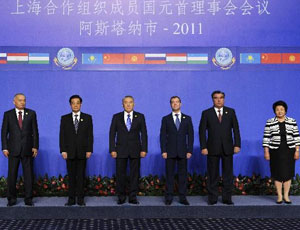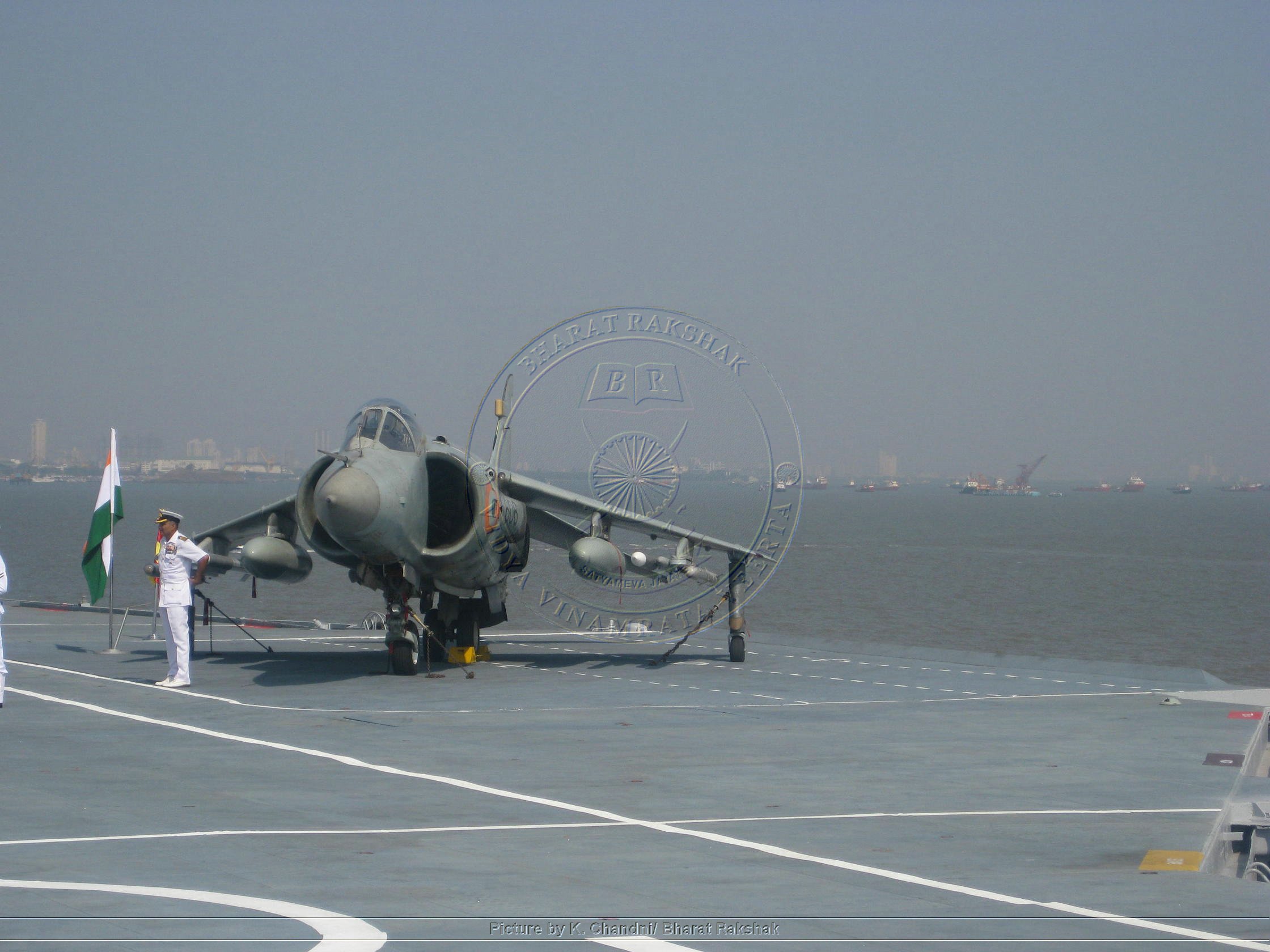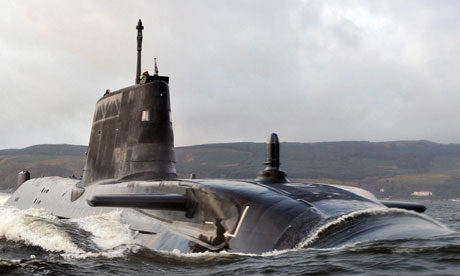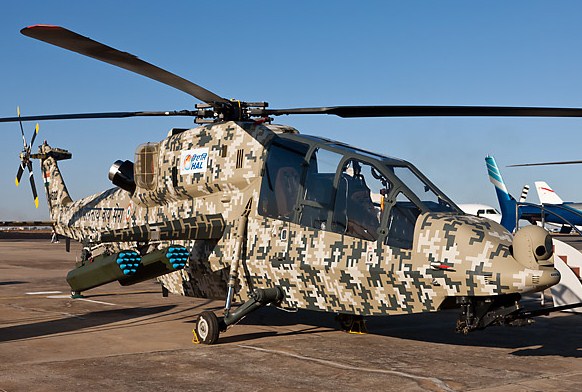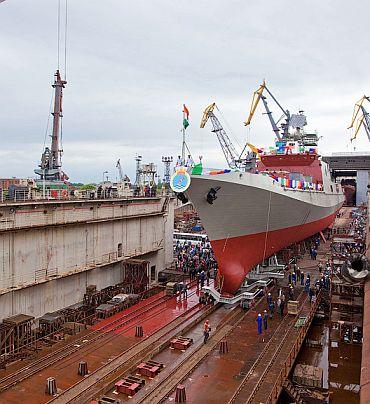IN THE beginning of May, Just about the time when Indian Army’s major war game in Thar Desert, testing and refining its new concept of war against Pakistan ‘The Cold Start’, watched by top Indian political dignitaries was concluding, Pakistan announced that it has developed a short range tactical nuclear missile NASER basically to deal with this Indian Cold Start Concept.
Pakistan has developed two short range (60km) nuclear capable missiles Hataf-9 and NASER. They are easy to transport and are capable of launching small yield plutonium tipped nuclear warheads. These missiles are basically called tactical nuclear missiles. They are meant to be used in close ranges in actual battlefield against attacking enemy armoured columns and ground troops. Actually these have been supplied to Pakistan by China. In other words, China is also accepting the fact that it is part of this game of tactical nuclearisation of battle field.
Cold Start concept has been developed after the lessons learned during the mobilization of Indian Army in 2001 against Pakistan, following the Pakistan sponsored Jehadi attack on Indian Parliament. Indian Army took three weeks to fully get mobilized. When it was finally ready to get into Pakistan from its launching pads, the Indian political hierarchy chickened out.



